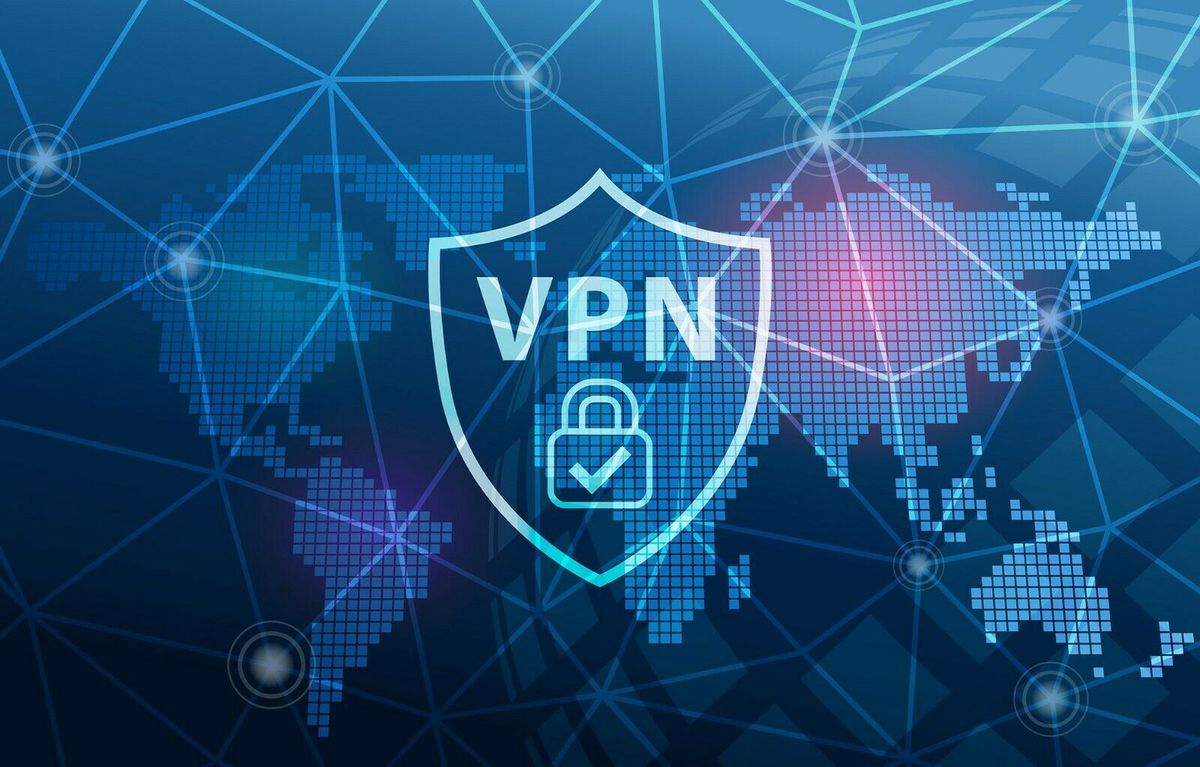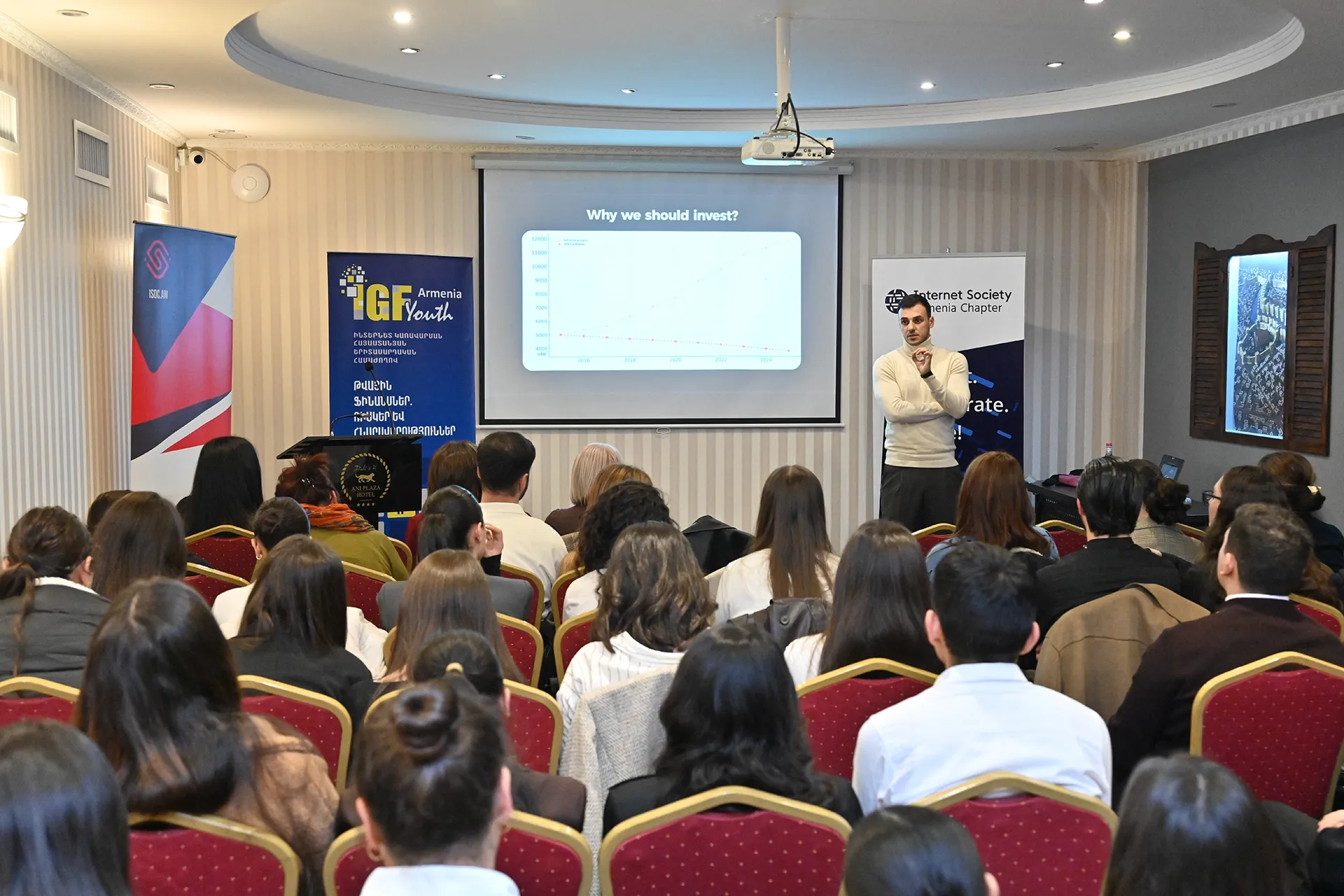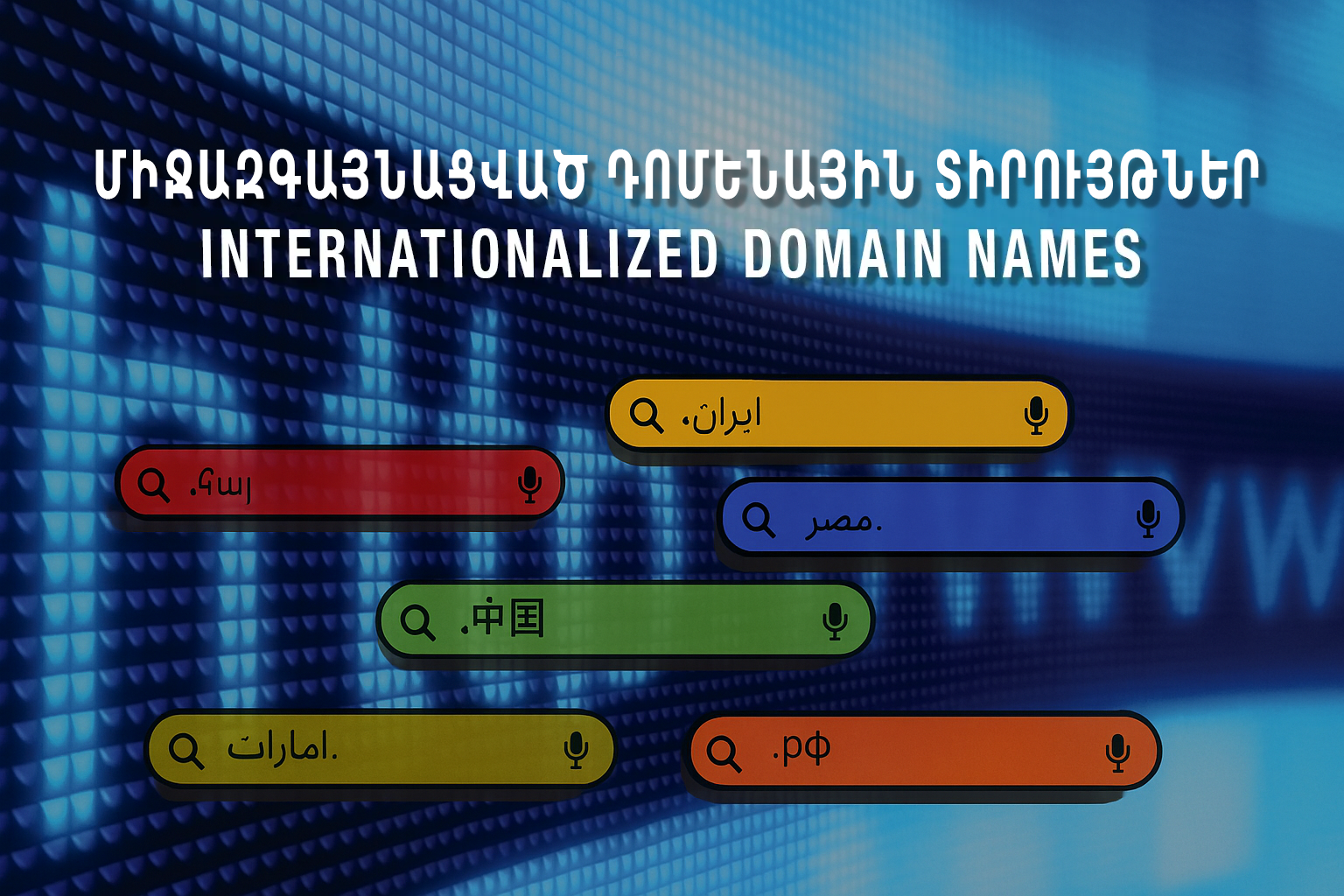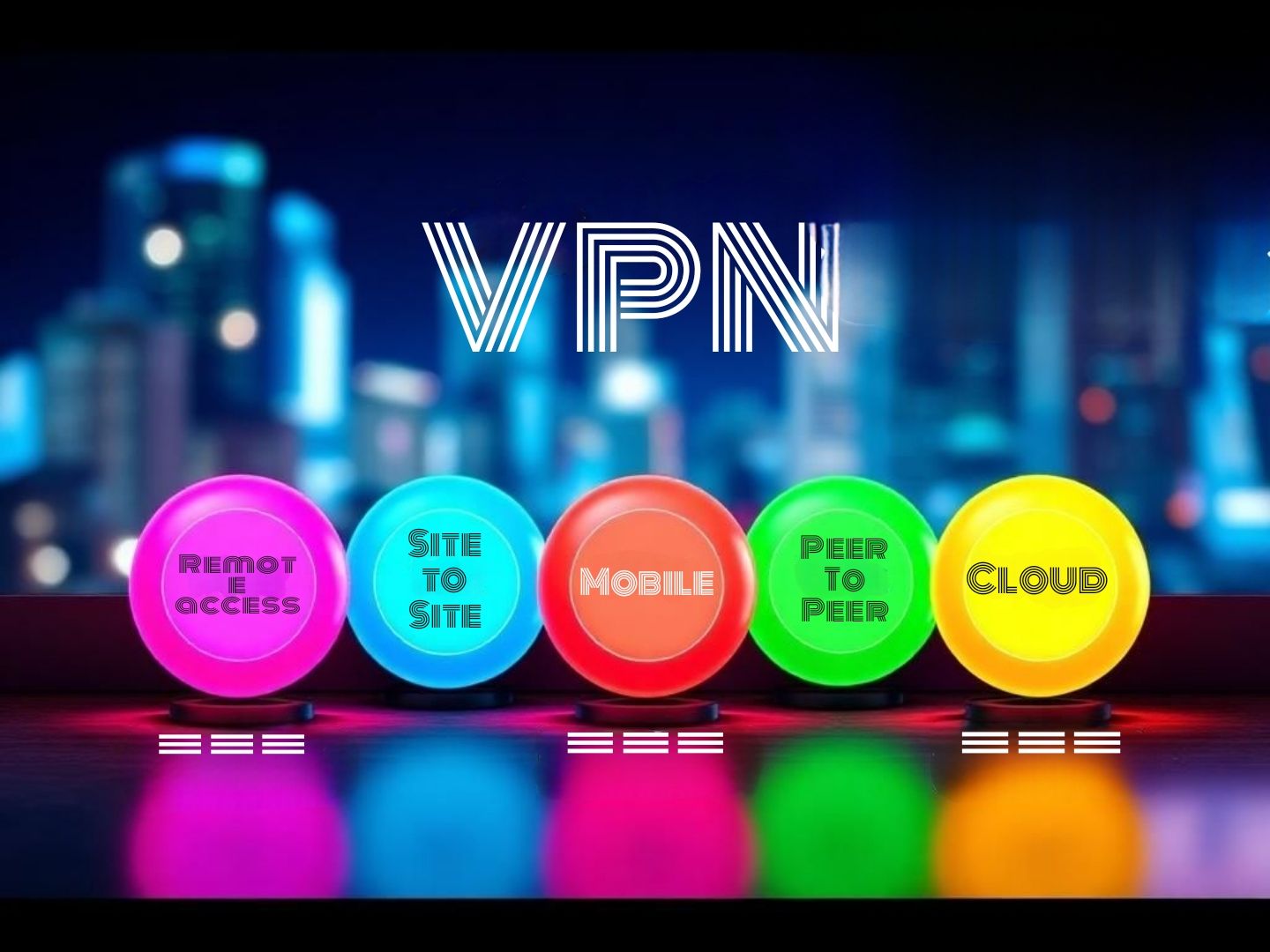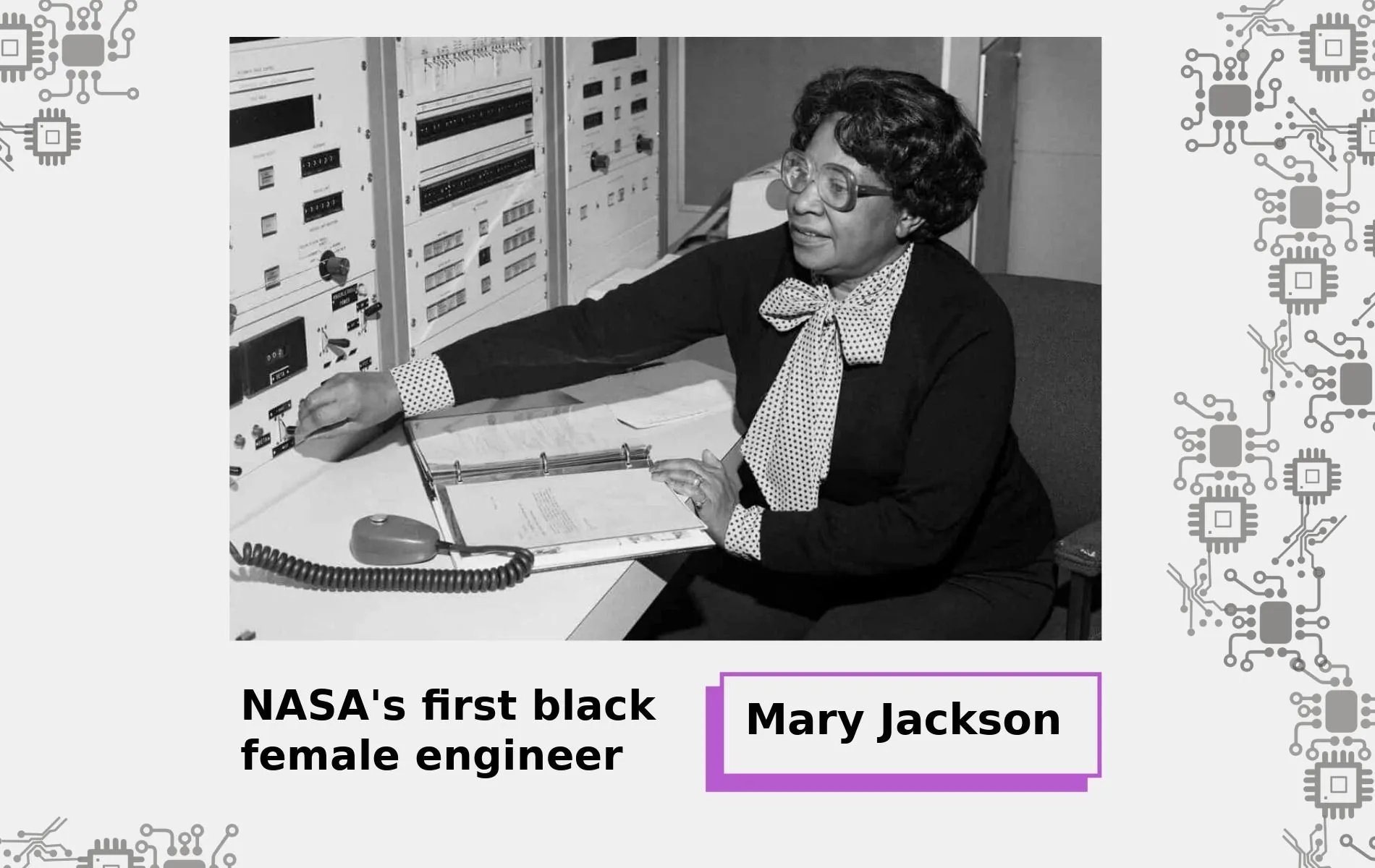The growing demand for secure and anonymous Internet connections led to the development of Virtual Private Network (VPN) technology. VPNs enable users to establish protected connections, even when using public or restricted networks, thereby safeguarding data privacy and promoting Internet freedom.
The foundation for VPN technology was laid in 1996 when Microsoft engineer Gurdeep Singh Pal created the first VPN protocol, known as PPTP (Point-to-Point Tunneling Protocol), initially designed for corporate network use. With advances in information technology and wider Internet accessibility, VPNs have since become widely adopted by individual users as well.
VPN operates by creating a secure “tunnel” that encrypts the entire connection between the user and the destination website. This encryption safeguards data from potential eavesdropping, interception, or manipulation by third parties.
Today, VPN technology serves a variety of purposes, including:
- maintaining user anonymity,
- protecting sensitive personal information,
- bypassing geographic restrictions,
- accessing blocked websites,
- and enabling remote connections to corporate networks.
VPNs are widely utilized by journalists, human rights defenders, activists, business professionals, and individuals living under Internet censorship.
VPN has become one of the components of ensuring the security of Internet connections, which creates a new level of digital freedom and information sovereignty.

